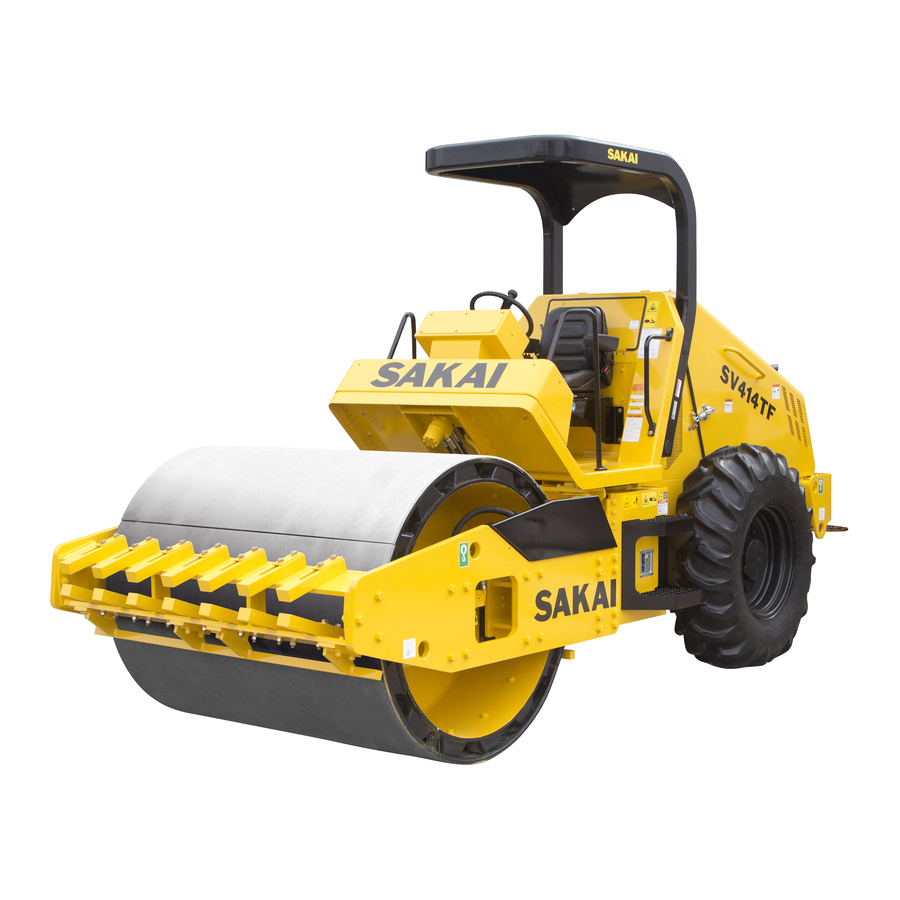
Table of Contents
Advertisement
Quick Links
M
M
O
D
E
L
S
V
2
0
4
S
e
r
i
OPERATING
OPERATING
e
s
MAINTENANCE
MAINTENANCE
INSTRUCTIONS
INSTRUCTIONS
Read this handbook thoroughly and understand the whole information
Read this handbook thoroughly and understand the whole information
contained before trying to operate, inspect and service your machine!
contained before trying to operate, inspect and service your machine!
&
&
VIBRATING
VIBRATING
ROLLER
ROLLER
From SV204D
From SV204D
SV204T
SV204T
SV204TB → 1SV65 - 30101
SV204TB → 1SV65 - 30101
SV204TF → 1SV65 - 30101
SV204TF → 1SV65 - 30101
No.
No.
3498-36540-0
3498-36540-0
Series
Series
→ 1SV65 - 30101
→ 1SV65 - 30101
→ 1SV65 - 30101
→ 1SV65 - 30101
Advertisement
Table of Contents












Need help?
Do you have a question about the SV204 Series and is the answer not in the manual?
Questions and answers